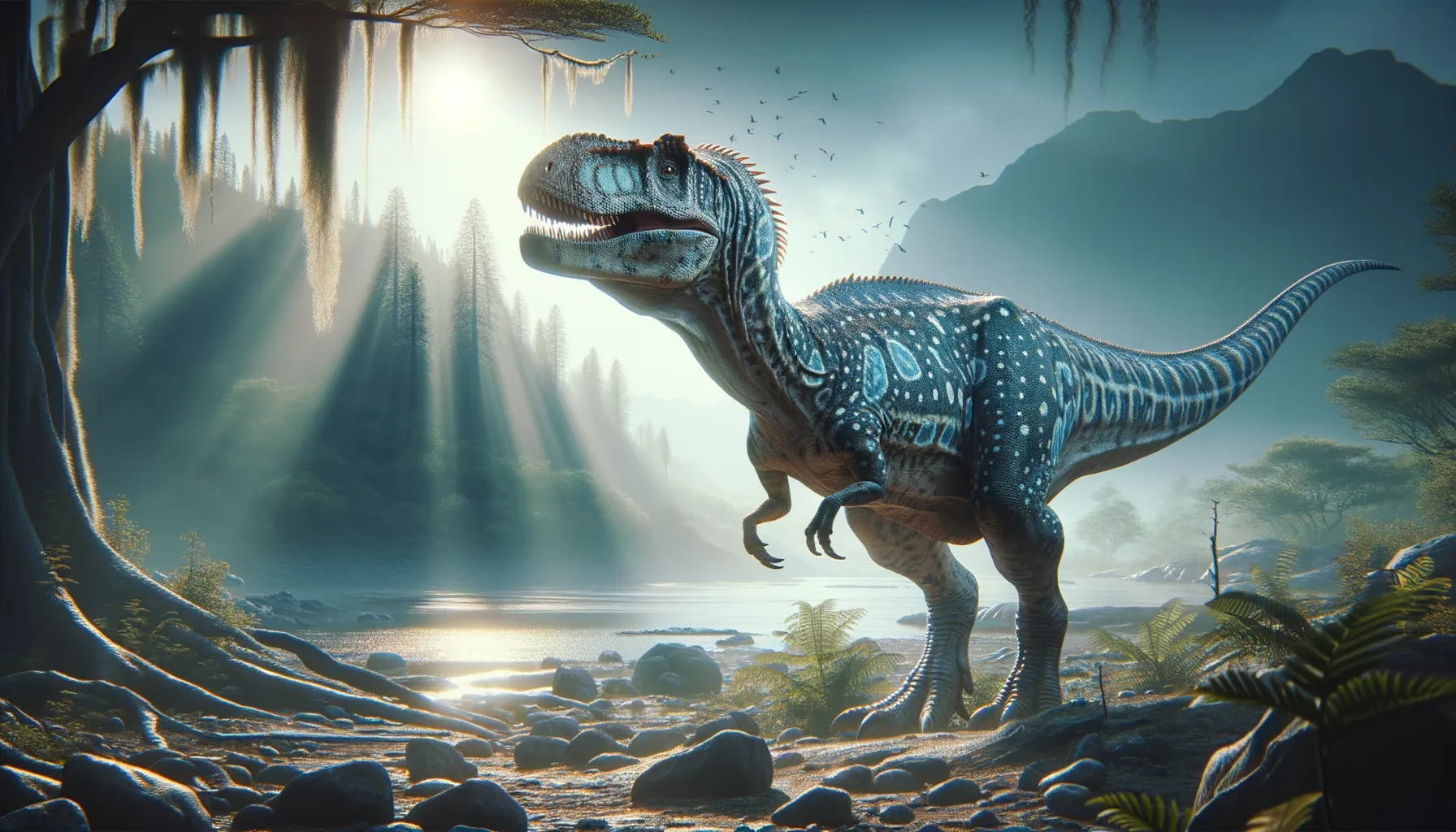
Marisaurus
Unveiling dinosaur myths with clarity.
Period
Unknown
Length
No data available due to fictional status.
Height
No data available due to fictional status.
Weight
No data available due to fictional status.
The name 'Marisaurus' does not correspond to any scientifically recognized dinosaur species. It's crucial to verify sources, as misinformation can lead to such errors. While actual dinosaurs like Tyrannosaurus or Triceratops have detailed records and characteristics, Marisaurus seems to be fictional or misreported.
Diet
Since 'Marisaurus' is not recognized, no diet information is available. Real dinosaurs could have been herbivores, carnivores, or omnivores.
Hunting
With 'Marisaurus' being fictional, hunting behavior cannot be described. Actual predators like the Velociraptor did hunt in packs.
Environmental challenges
Imaginary creatures lack evidence of environmental adaptations. Actual dinosaurs faced challenges like climatic changes, leading to extinction patterns in some species. Fossil evidence shows ecological shifts impacted many dinosaurs' survival strategies.
Speed
Likely moderate due to its size.
Lifespan
Estimated around 60 to 70 years.
First discovery
Not actually a real dinosaur species.
Fun Facts
- Marisaurus was a plant-eating dinosaur that roamed the Earth during the Late Cretaceous period, about 70 million years ago.
- It had a long neck and tail, similar to the famous Brachiosaurus, which helped it reach high vegetation.
- Marisaurus was likely a gentle giant, living in herds for protection and social interaction.
- Despite its massive size, it likely had few predators due to its intimidating presence.
- Fossils of Marisaurus have been primarily found in what is now China, providing clues to its habitat and lifestyle.
- Marisaurus' teeth were specially adapted for stripping leaves from branches, making it an efficient feeder.
- The name Marisaurus is derived from Latin, meaning 'sea lizard', although it primarily lived on land.
Growth and Development
As this species is not real, it cannot have recorded growth patterns. Real dinosaurs showed varied growth rates, depending on their environment and nutritional availability. Some species grew rapidly during certain life stages.
Habitat
Without existence, 'Marisaurus' lacks habitat data. Each dinosaur species required specific environmental conditions, from thick forests to arid plains.
Interaction with other species
No interactions known due to nonexistence. Interaction among real species included competition for resources and sometimes symbiotic relationships.
Natural lifespan
Nonexistent, thus no lifespan data.
Reproduction
Reproductive behavior cannot be described for a nonexistent dinosaur. Actual dinosaurs laid eggs, with some species possibly showing parental care.
Social behaviour
Imaginary species like 'Marisaurus' cannot exhibit social behavior. Real dinosaurs had diverse social dynamics, from solitary lifestyles to herd behaviors.
Fossil locations
Since 'Marisaurus' is not recognized, no fossil record exists. Real dinosaur fossils have been found globally, with significant sites in North America, Asia, and South America.
